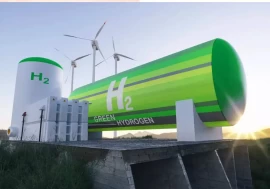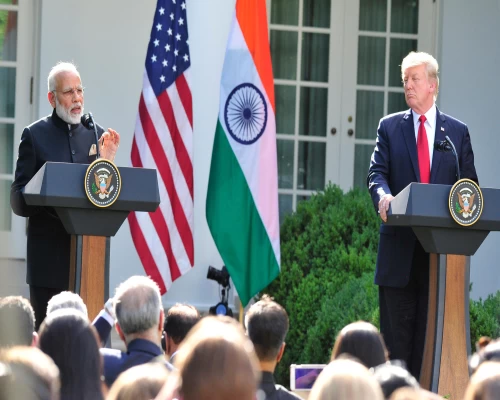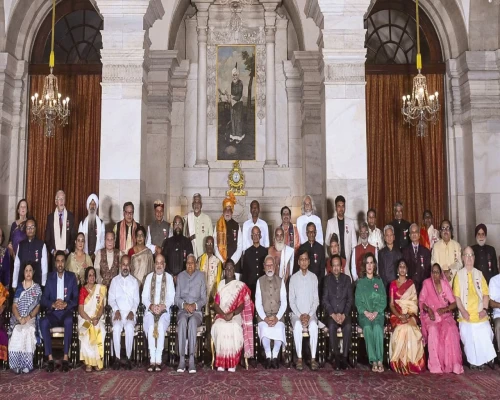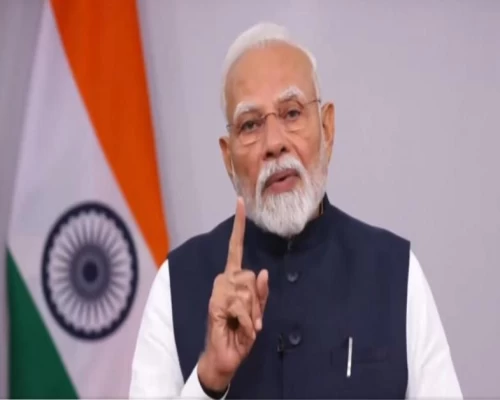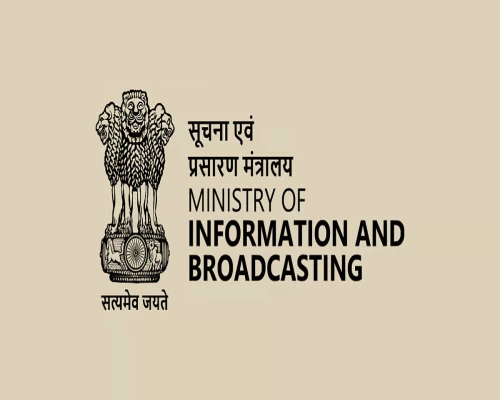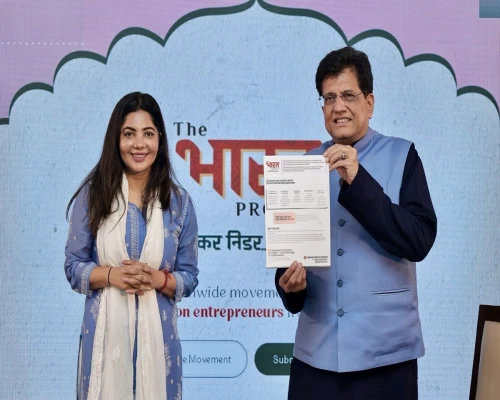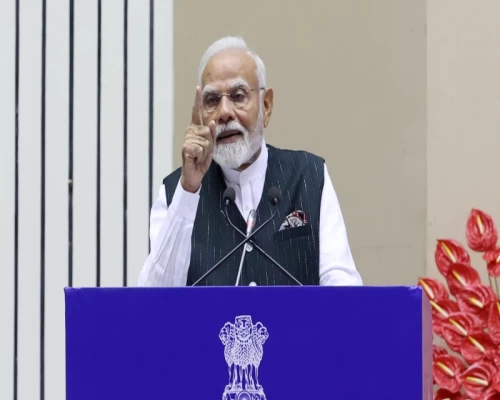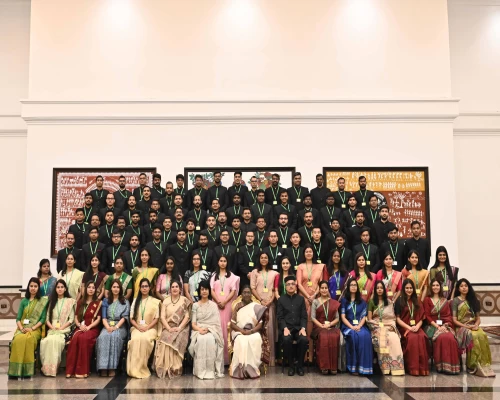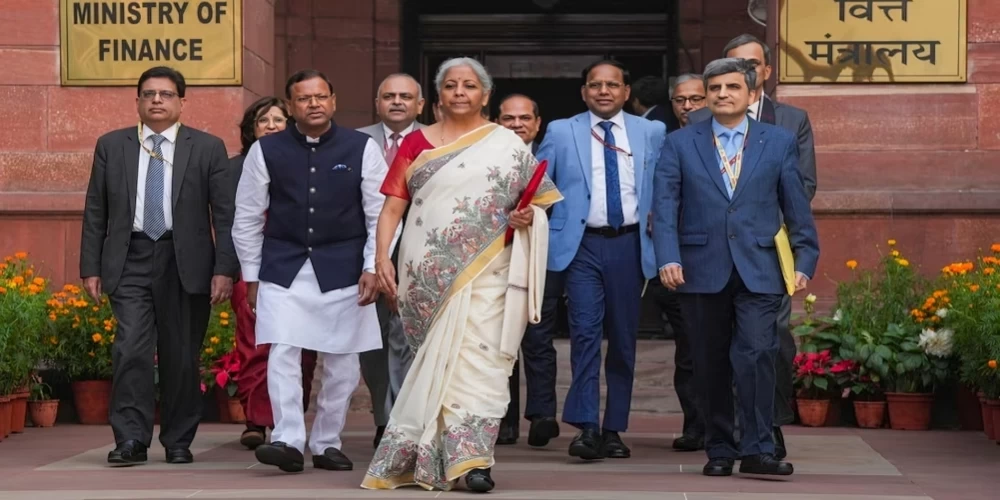
New Delhi: Union Finance Minister Nirmala Sitharaman presented the Union Budget 2025 on Saturday, outlining significant reforms aimed at strengthening agriculture, healthcare, education, infrastructure, and employment. The budget places a strong emphasis on introducing agricultural reforms, enhancing medical education, expanding digital connectivity, boosting agricultural productivity, and supporting the informal workforce through targeted initiatives.
A major highlight is the Prime Minister Dhandhanya Krishi Yojana, aimed at transforming 100 districts with low agricultural productivity through sustainable farming, improved irrigation, and better post-harvest storage. This initiative is expected to benefit 1.7 crore farmers, significantly strengthening rural economies.
To reduce import dependency, the government has launched a six-year mission for self-reliance in pulses and oilseeds, focusing on tur and masoor. Under this scheme, central agencies like NAFED and NCCF will procure pulses directly from registered farmers, ensuring stable prices and financial security. Additionally, a new programme for fruits and vegetables will enhance production and distribution to meet growing demand and improve nutrition security.
Farmers will gain from an increase in the Kisan Credit Card (KCC) loan limit, raised from ₹3,000 to ₹5,000 under the modified interest subvention scheme, benefiting 7.7 crore farmers, fishermen, and dairy farmers. To drive innovation, the National Mission on High-Yielding Seed Varieties will promote 109 improved seed varieties, boosting resilience against climate challenges and improving farm yields.
The budget also introduces a five-year Mission on Cotton Productivity, focusing on extra-long staple (ELS) cotton. With an integrated 5F vision, Farm to Fibre, Fibre to Factory, Factory to Fashion, and Fashion to Foreign—the initiative aims to strengthen India's textile industry, improve cotton yields, and enhance export potential. Together, these measures position Indian agriculture for long-term growth and self-reliance.
In a major push for the healthcare sector, the government has committed to adding 10,000 medical seats in the next year as part of a broader plan to introduce 75,000 new seats over the next five years. This follows a 130% increase in medical seats over the last decade, addressing the demand for skilled professionals and improving healthcare services. A critical initiative announced is the establishment of 200 day-care cancer centres in district hospitals by 2025-26, ensuring accessible cancer treatment in remote areas. Additionally, the inclusion of gig workers under the PM-JAY healthcare scheme will extend coverage to nearly one crore workers. The healthcare budget allocation stands at ₹95,958 crore, including ₹9,406 crore for the Ayushman Bharat Pradhan Mantri Jan Arogya Yojana (PM-JAY), ₹4,200 crore for the Pradhan Mantri Ayushman Bharat Health Infrastructure Mission (PMABHIM), and ₹37,226 crore for the National Health Mission (NHM). A notable move is the exemption of 36 life-saving drugs from basic customs duty, benefiting treatments for cancer and rare diseases, with six more medicines to be added to the concessional customs duty list.
The budget also addresses rural development and employment generation with the launch of the Rural Prosperity & Resilience Program, which will provide skilling, investment, and technology-driven solutions to address underemployment in agriculture. Special attention will be given to rural women, young farmers, marginal and small farmers, and landless families, ensuring ample opportunities so that migration is not a necessity. To strengthen food processing in the eastern region, a National Institute of Food Technology, Entrepreneurship and Management will be established in Bihar.
Education and skilling have received a substantial boost, with plans to establish 50,000 Atal Tinkering Labs in government schools over the next five years. The Bharatiya Bhasha Pustak Scheme will provide digital Indian language books for school and higher education, promoting regional languages. The government will also set up a Centre of Excellence in Artificial Intelligence for Education with an outlay of ₹500 crore. Additionally, five National Centres of Excellence for skilling will be established in collaboration with global experts to equip youth with the skills required for "Make for India, Make for the World" manufacturing.
To support street vendors and urban workers, the government will revamp the PM SVANidhi scheme with enhanced bank loans, UPI-linked credit cards with a ₹30,000 limit, and capacity-building support. Gig workers from online platforms will be provided with identity cards and registered on the e-Shram portal, facilitating their access to social security benefits. A dedicated scheme for the socio-economic upliftment of urban workers will also be implemented.
Infrastructure development remains a key focus, with broadband connectivity under the Bharatnet project being extended to all government secondary schools and primary health centres in rural areas. The government has also announced the 'Heal in India' initiative to promote medical tourism, easing visa norms and enhancing healthcare infrastructure in tourist hubs. Economic growth is further supported through tax reforms, with a new Income Tax Bill set to be introduced, adopting a "trust first, scrutinise later" approach. The Foreign Direct Investment (FDI) cap in the insurance sector will be raised to 100%, and social welfare surcharges on 82 tariff lines will be removed. Additionally, import duty exemptions on 25 critical minerals, including cobalt and lithium-ion battery scrap, will boost domestic manufacturing in electric vehicles and mobile phones, creating jobs and reducing costs.
The Union Budget 2025 lays out a strategic roadmap for economic development, improved healthcare access, quality education, sustainable agriculture, and social security, ensuring inclusive growth across all sectors.
BI Bureau
📡LIVE Now 📡
— PIB India (@PIB_India) February 1, 2025
Union Finance Minister @nsitharaman presents the Union Budget 2025-26 in #Parliament#UnionBudget2025 #Budget2025
Watch on #PIB's 📺
Facebook: https://t.co/ykJcYlNrjj
YouTube: https://t.co/RjAUT0KeUe



